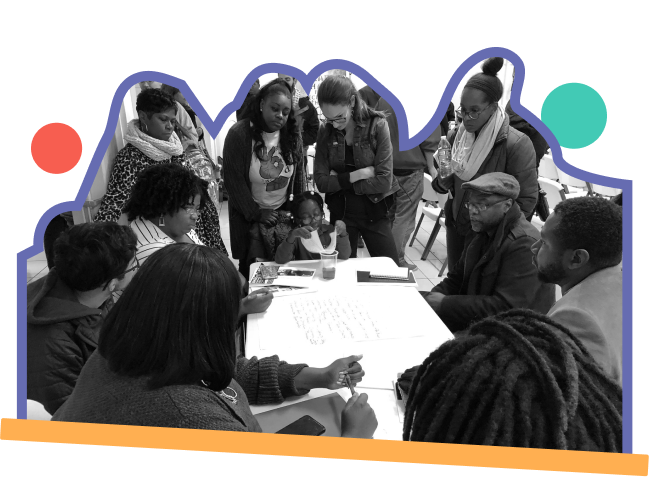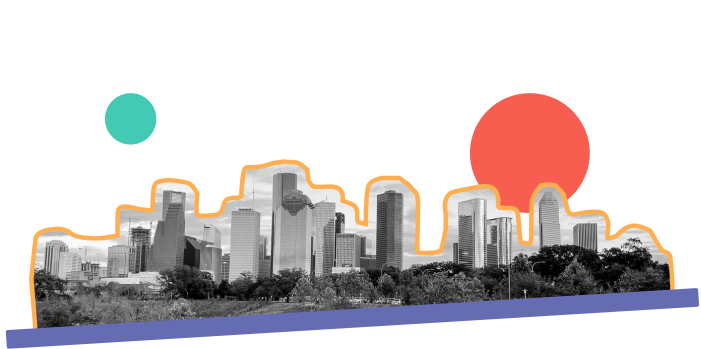Houston has been a testing ground for one of the most fundamental re-organizations of US land markets in likely centuries.
Within the suburban-dominated region, new housing communities being sold at breakneck pace are going into the hands of financial private-equity firms, such as Blackrock Inc. For example, when DH Horton Inc. built a 124-unit subdivision in Houston’s area in 2020, it was snapped up rapidly by institutional investors of private capital. Some estimates suggest nearly 24% of single-family housing in the city went to companies that are slowly becoming the world’s largest landlords. The effect on families is still emerging, but it can be understood in the fact that a city known for its sprawling subdivision is predominantly one of renters - 57% in the city and 45% in the county in 2018, up from 53% and 42% respectively in 2010. The speculative bubble nearly doubled the median sale price of a home in Harris County from $139,900 in 2011 to $220,000 in 2018 (with affordability set at $186,256).
$139,900
Average price of a home in Harris County in 2011
$220,000
Average price of a home in Harris County in 2018
Among homeowners, Black populations are the least likely to own property and keep experiencing the steepest declines in ownership – with only 37% of Black residents owning homes in 2018, compared to 68% of white residents, 62% of Asian and Pacific Islander, and 49% of Latinx people. This gives considerable power to both developers and landlords over BIPOC residents’ futures, considering also the few protections they have. Landlords in Houston, one interviewee described, routinely (and technically, legally) “deny folks housing based on how they pay their rent, like if they use a housing voucher”. As Houston coalitions like HOME Coalition members engage on a “long road” of tenant organizing, displacement and informal encampments continue to sprout daily. Organizations stand at the front lines of protecting families and communities from a new global bubble and speculation crisis, one fueled by developers, construction firms, and financial and venture institutions.
The snapping up of land for speculation and profit extends even to Houston’s universities – which have been involved in pitched community struggles regarding displacement.
As one organizer noted, Rice University Management Company’s planned “innovation district” is not so much focused on building research institutions as much as profiting from private company interest, including Microsoft and Chevron.
The siting of the project in the Historic Third Ward has put the company face-to-face with community-rooted organizations and long-term residents seeking to protect the predominantly-Black neighborhood. The Fourth Ward and other Houston sites have a long history of community benefit agreements that do not necessarily lead to change, where high-rise condos have replaced neighborhoods but promised concessions have not materialized. An interviewee shared how “these memorandums of understanding are often signed just to quell dissent and circumvent actual concerns for material benefit.”

Organizers with Houston Coalition for Equitable Development without Displacement (HCEDD) have been at the forefront of a comprehensive, community-led, contractual process that also envisions oversight regarding implementation, according to one group, in a “very democratic, open public way.”
In-depth surveys of the Third Ward from Rice’s Center for Health & Biosciences and Sankofa Institute shows how residents (who are five times likely more to be renters) are squeezed, finding relatively low rent, and lose a sense of Black history and shared life, and access to community centers, churches, pools, and other resources. Few other such combinations exist in Houston – and landlords take advantage, providing substandard housing with regularly reported issues, including lack of heating/AC and even running water.
HCEDD organizers have charted 7 issue areas that map out much of where struggles over land intersect with a bigger vision of the economy: affordable housing, businesses economic opportunities for individuals, education, tech entrepreneurship, cultural preservation and food access. The greatest asset in this work? Active residents. Ranging from 14 to 76, 98% of residents return to regular meetings and have stayed engaged. Their multi-faceted vision of what they want to see in their economy offers a blueprint for a new Houston that honors the contributions of both long-term residents and new migrants who have been left out of the city’s relentless growth-for-profit.
In-depth surveys of the Third Ward from Rice’s Center for Health & Biosciences and Sankofa Institute shows how residents (who are five times likely more to be renters) are squeezed, finding relatively low rent, and lose a sense of Black history and shared life, and access to community centers, churches, pools, and other resources. Few other such combinations exist in Houston – and landlords take advantage, providing substandard housing with regularly reported issues, including lack of heating/AC and even running water.
HCEDD organizers have charted 7 issue areas that map out much of where struggles over land intersect with a bigger vision of the economy: affordable housing, businesses economic opportunities for individuals, education, tech entrepreneurship, cultural preservation and food access. The greatest asset in this work? Active residents. Ranging from 14 to 76, 98% of residents return to regular meetings and have stayed engaged. Their multi-faceted vision of what they want to see in their economy offers a blueprint for a new Houston that honors the contributions of both long-term residents and new migrants who have been left out of the city’s relentless growth-for-profit.

Environmental crisis is radically shifting the cycles of redevelopment and displacement that have shaped community life and land in Houston.
Individual working class homeowners face an uphill journey trying to rebuild and restart after disasters like Hurricane Harvey. After Harvey, research, foundation, environmental groups, and public media raised concerns with how Houston had encouraged rampant expansion and development within disaster-prone 100-year flood zones. It became clear that both Houston city and Harris county officials and the Federal Emergency Management Authority (FEMA) – which helps set rates for flood insurance – made it easier and more affordable to build in these zones, and to avoid utilizing up to date and comprehensive maps. Indeed, moves like the City Council approving a 620-acre new municipal district right in the floodplain less than two years after Harvey showed the city’s leadership still prioritized development above ecological and human safety.
But what happens to existing, damaged neighborhoods in the floodplain is more complicated than just not rebuilding there and moving elsewhere. Where are working-class Black, Latinx and migrant homeowners with few resources supposed to re-create a home? Even land titling, sometimes passed down across generations, is complex, and links to the incorporation of rural areas into Houston’s sprawling development. In fact, that development is what put so many at risk. One interviewee shared how her subdivision was integrated in a dense wetland where, in the course of the last decades, developers razed the “natural foliage from trees…and put a concrete jungle instead that allowed water to flow, and for the first time, our neighborhood flooded.” Groups like West Street Recovery and Texas Housers and related neighborhood spin-offs like Northeast Action Collective and Harvey Forgotten Survivors Caucus have radically shifted the conversation to put marginalized residents at the center of solutions.
These grassroots groups create immediate collective action to share repair tools and addressing basic drainage and mitigation, push for real resources to help deal with issues like persistent mold and unsafe housing, and organize for a long-term “just recovery.” “Working in disaster recovery has made me really understand that we have to have a plan for right now,” another organizer shared. They provide an important model for the nation as climate disasters do not let up – answering to the “right now” while fighting for a just recovery.
The cycles of disaster and redevelopment, and with it massive health inequities, are tied to the relentless pursuit of oil and gas.
The cycles of disaster and redevelopment, and with it massive health inequities, are tied to the relentless pursuit of oil and gas. But calling for a carbon-free future and putting it into practice are two different things. As one organizer explained, “Oil and gas is a big challenge because we all have a very complicated relationship in justice work.” The sector is in fact one of the most unionized in the region, in part through associated crafts like welding and electrical, and in 2015 it was even the site of an extended United Steelworkers-led strike at five petrochemical factories.
Organizers we interviewed experience first-hand the tensions among the power of this industry versus its environmental and social impact. “Many of us live in a contradictory world where we seek change but where our friends, family, and city are sustained by oil and gas.” As such, cross-cutting coalitions are seeking ways to find “culturally sensitive and complex approaches to take up the place that oil & gas has held” – including how it is a key drive of labor migration and better wages (due in part to unions). Mainstream white-led environmental groups have often failed to grasp this and as such, have been unable to mobilize grassroots energy in Houston. But new generations of environmental justice, labor, and civic power groups are opening deeper dialogue on the meaning of a “just transition” from fossil fuels and new environmental prospects. An important development: In July Texas unions endorsed the Texas Climate Jobs Project, a union-led effort to win both bold climate action and good union jobs.


